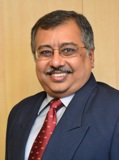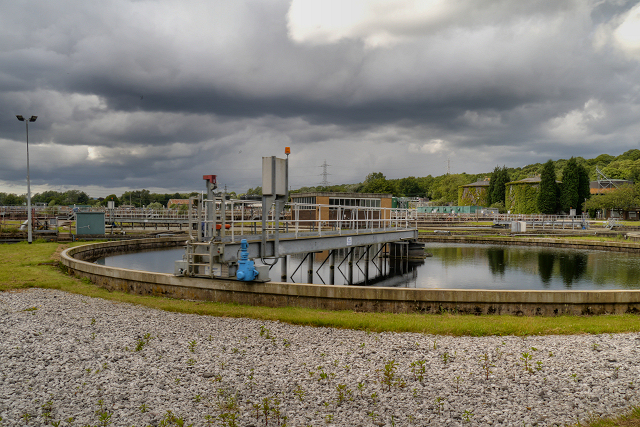In a follow up to his earlier article – “Wealth in your waste”, Anirban Ghosh, Chief Sustainability Officer, Mahindra Group shares the ways in which cities can recycle their sewage water.
What is considered waste is often a concentrated form of nutrients that we haven’t considered useful so far! According to government data (2015) an estimated 62,000 million litres of sewage (MLD) is generated per day in urban areas in India. This doesn’t include open defecation, which according to non-government organisations, is practiced by roughly 560 million people. The work being done by the Indian Government through the Swacch Bharat campaign will change this soon and the quantum of daily sewage generated could almost double.
Currently the treatment capacity in working condition, according to government data, is only 18,883 MLD. Thus we can treat about 30% of the sewage generated each day at best and the other 70% untreated sewage is dumped directly into water bodies polluting three-fourth of India’s surface water resources, according to a Central Pollution Control Board 2009 report. Over and above this 70% is the pollution caused by the sewage generated by 560 million people who practice open defecation.
Sewage can be broken down into re-useable water, methane and a sludge of minerals that that are useful for brick making and other industries. One can extract phosphorous and other nutrients from wastewater and then recycle the rest into fertilizer. In Chennai, the state government, through their Kodungaiyur sewage treatment plant, disposes off waste and also harnesses its energy potential. Now that is real energy! A New Zealand based company, Carbonscape, microwaves and compresses organic matter – wood chips, corn stalks and even sewage – into eco-coal. It burns like regular coal, but the carbon doesn’t come from the mines.
In March this year, United States’ ninth –largest brewery, ‘Stone Brewing’, unveiled a beer made with San Diego’s treated sewage water. The recycled-water pale ale is called ‘Full Circle’. Stone made five barrels of the beer using water treated at the city’s ‘Pure Water’ demonstration plant. San Diego, a city of 1.4 million people that currently imports 85% of its water, has declared that it will purify enough waste water by 2035 to handle one-third of the city’s drinking water supply needs.
Beer, water, phosphorous, minerals, natural gas, energy, – there is so much that can be safely extracted from the humble, much maligned sewage generated by human beings.
In this column we have discussed earlier that urbanisation is increasing in India and Indian cities are facing an impending water crisis. We may be literally sitting on a large part of the solution to the water crisis. Water’s usability doesn’t need to end once it is washed down the drain.
Sewage consists of approximately 99% water and 1% inorganic and organic matter in suspended and soluble forms. This means, if treated well, 99% of it can be recycled water. Water recycling and reusing lessens the harmful impact of sewage on water bodies while meeting a portion of water needs of the nation sustainably. To a monsoon dependent economy like India this would be great news. In 2010 India consumed 710 billion m3. Back of the envelope calculations indicate that about 5% of our fresh water requirement can be met from recycled sewage making our economy considerably resilient to a deficient monsoon. In addition our water bodies would be much cleaner too.
A study done by Arizona State University in 2015 estimates that $13 million dollars, i.e. INR 834 million worth of metals could be accumulating annually in sludge as a by-product of treated sewage, in a city of one million people. The study, which analysed sludge from treatment centres in Arizona and samples from across the country stored at the U.S. National Biosolids Repository, focused on 13 minerals with the highest value, including gold, silver, copper, and platinum.
Imagine the bounties that we can reap if we treat sewage as a resource. Imagine clean rivers, clean lakes and clean canals in your city. Imagine the value hidden in the waste that we discard. Consider this the next time you are sending out the garbage or flushing down the sewage.
 Views of the author are personal and do not necessarily represent the website’s views.
Views of the author are personal and do not necessarily represent the website’s views.
Regards,
The CSR Journal Team
Subscribe

